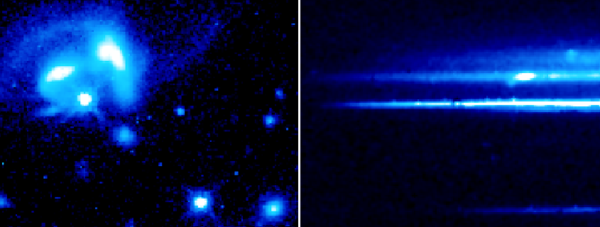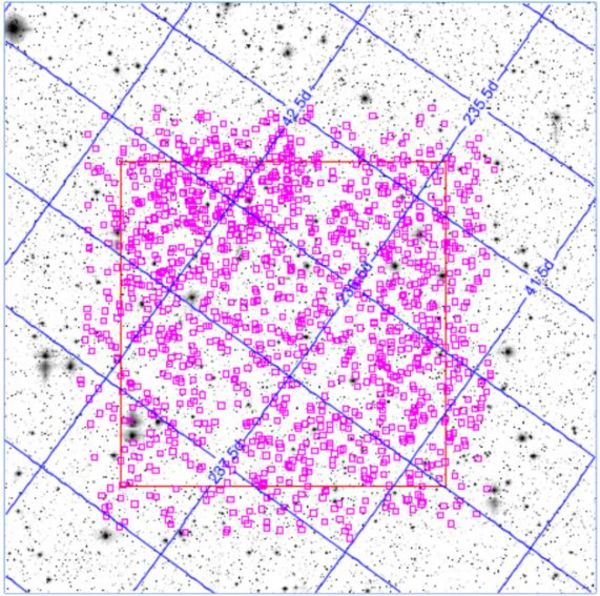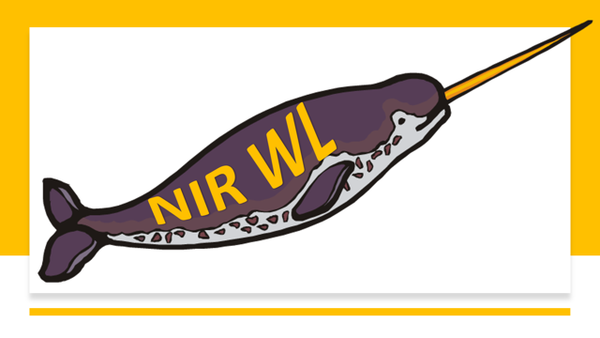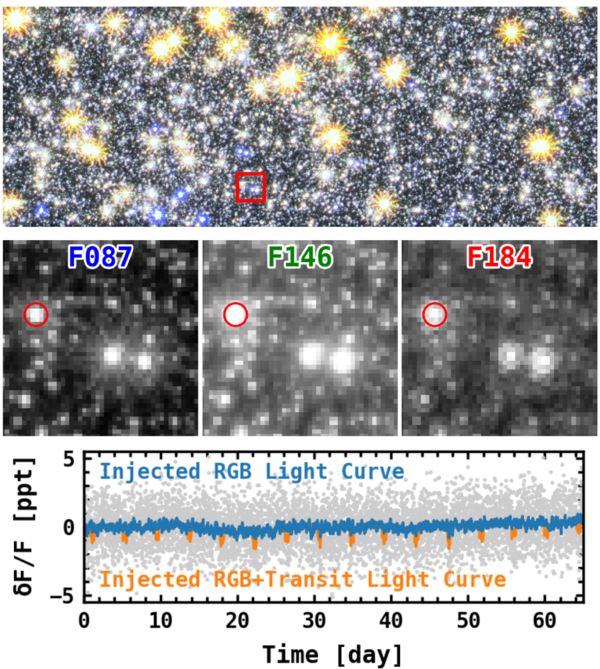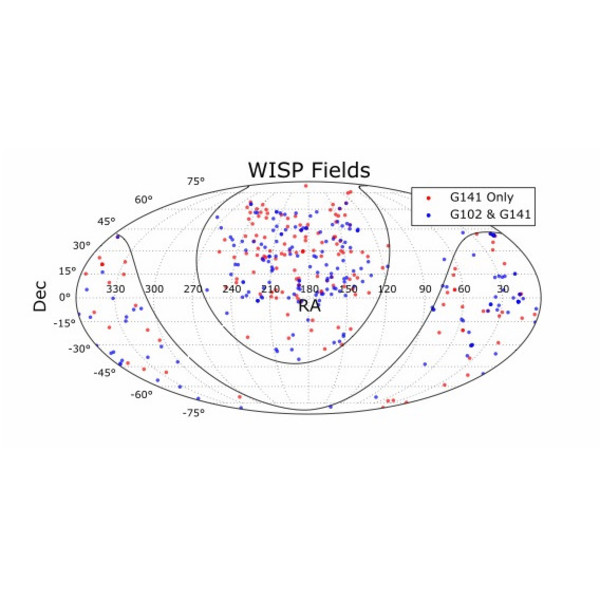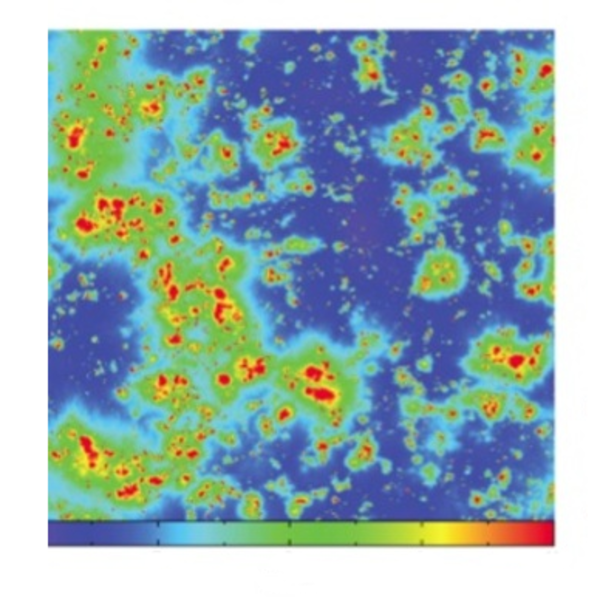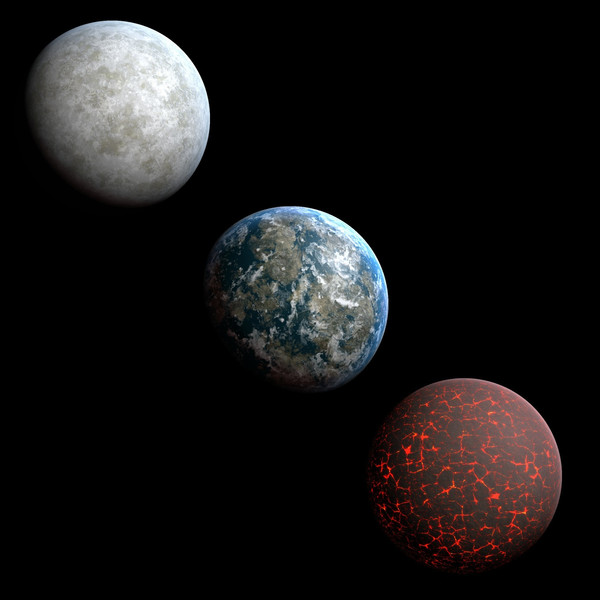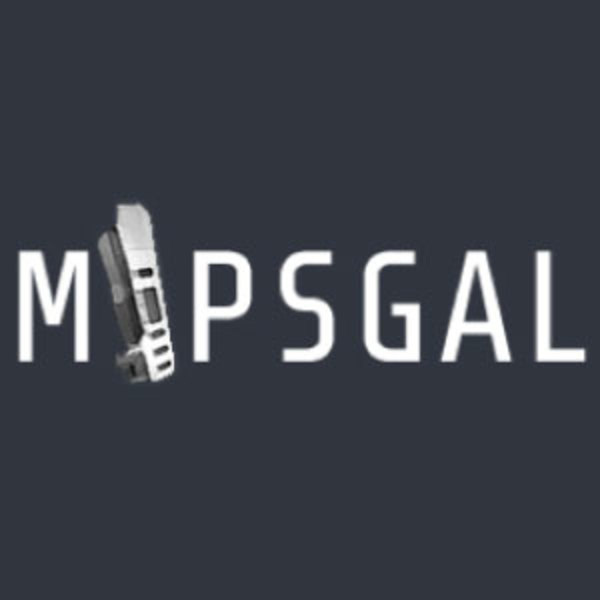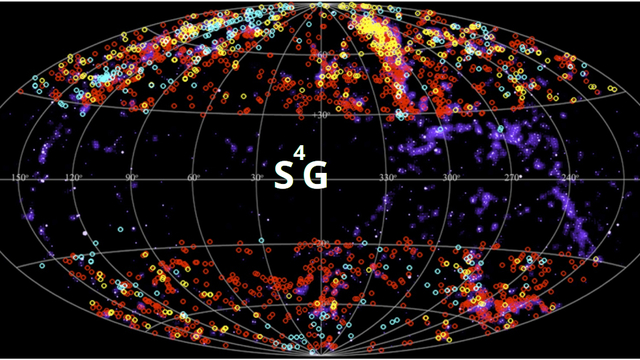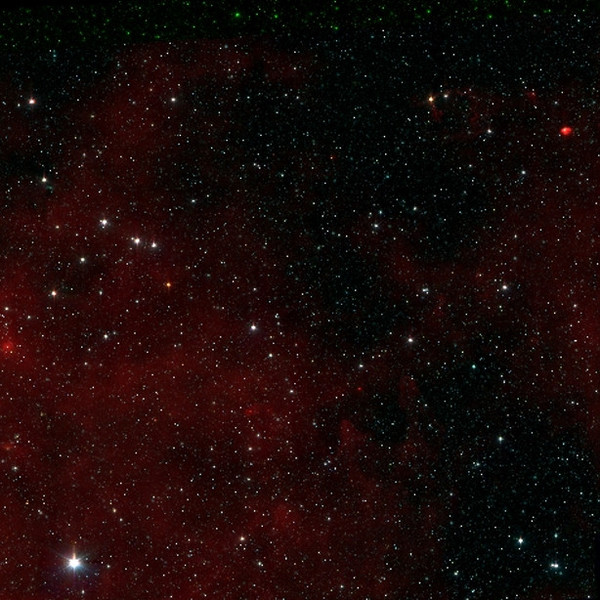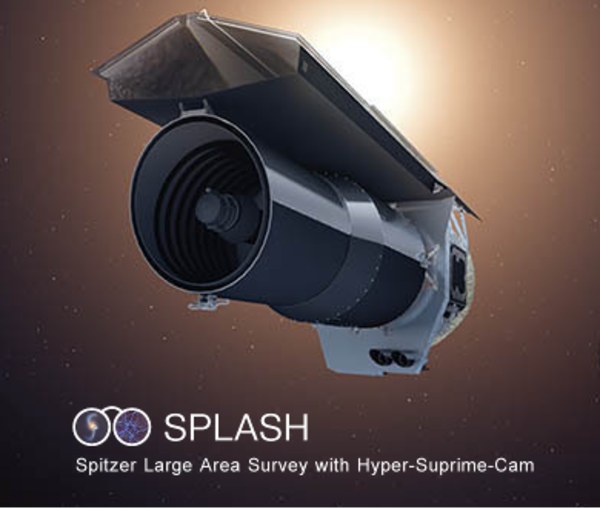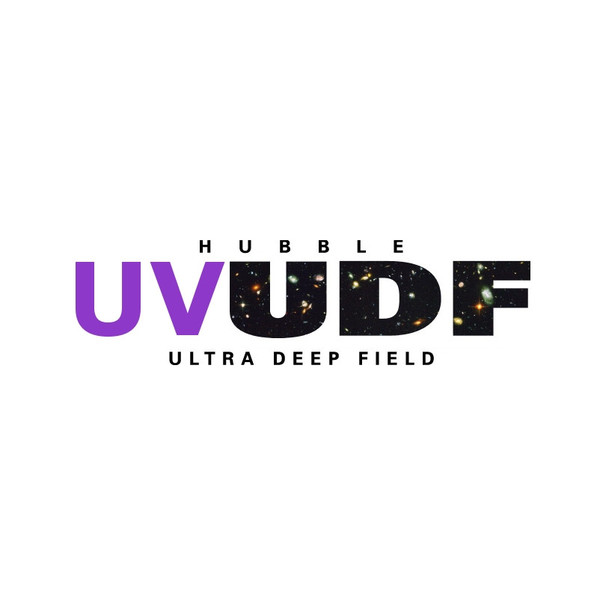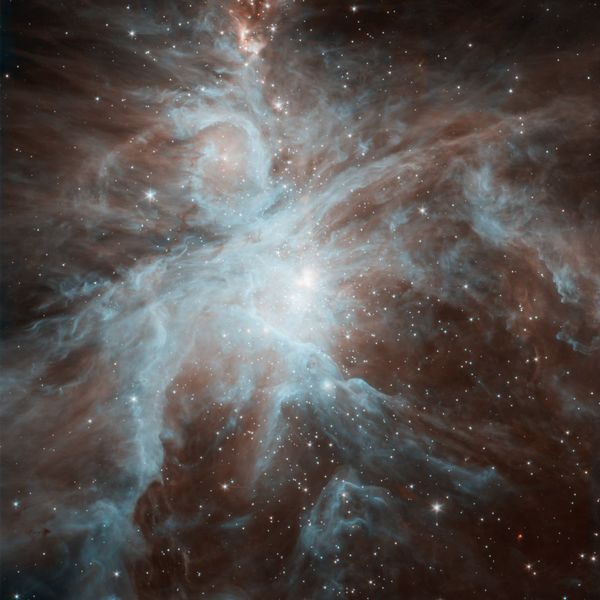NIRWL
Near-Infrared Weak Lensing To Measure the Mass of Overdensities at z>1
Measuring weak gravitational lensing (WL), a powerful probe of the distribution of dark matter, is one of the primary science goals of the next decade of large extragalactic surveys with LSST, Euclid, SKA and WFIRST. Currently, however, the WL analysis has primarily been on optical-band data (e.g. HST/ACS, DES, and HSC- SSP). Near-infrared (NIR) imaging has thus far never been used for wide-field weak lensing measurement although it is now well-known that it provides superior galaxy shape measurements at z > 1 due to morphological k-correction. NIRWL aims to present the first galaxy shear catalog with the largest set of archival NIR images from the two widest HST/WFC3 surveys: CANDELS and COSMOS-DASH. Our program will aim to 1) test the fidelity of the resultant NIR WL map of dark matter in COSMOS with existing, optically- derived maps, 2) reveal galaxy over-densities at z > 1 in clusters/groups which are otherwise unknown due to photometric redshift uncertainties, 3) derive stellar/baryonic to dark matter mass ratios at z >1. Measuring these ratios on group and low-mass cluster scales will trace the relationship between the growth of large scale structure and the buildup of stellar mass thereby allowing a more complete understanding of galaxy evolution, and comparison with cosmological models over a relatively understudied redshift range. Due to the exceptional depth and spatial resolution of HST, and by leveraging the current state-of-the-art understanding of NIR detector/PSF systematics, our program will serve as a critical stepping stone for NIR WL science in upcoming surveys, with Euclid and Roman.
More Information




